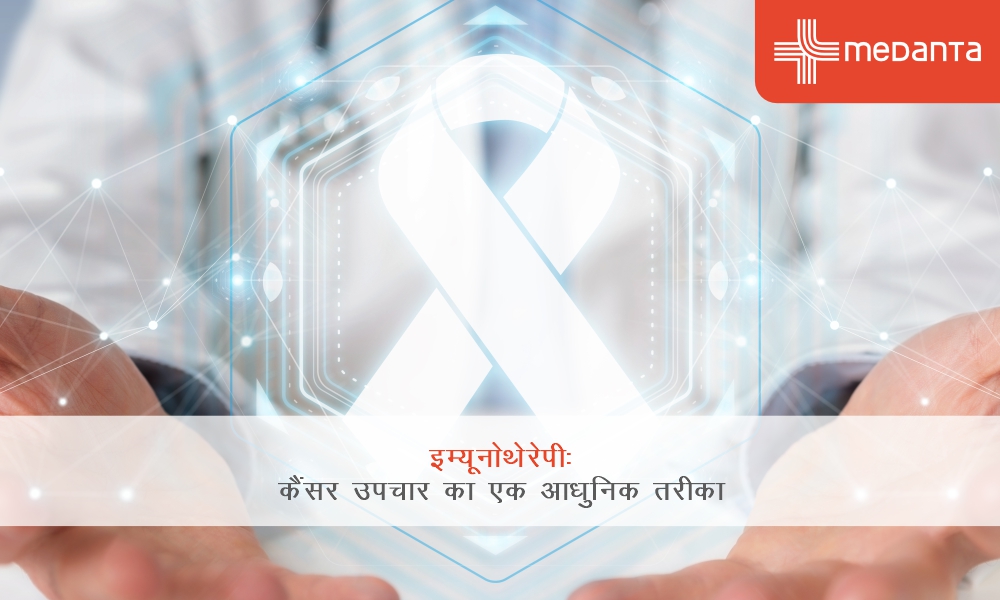Tender Breasts Before periods? What is PMS?

PMS is a group of emotional and physical symptoms that typically occur one to two weeks before a woman's menstrual period. These symptoms can vary in intensity, with some women experiencing only mild discomfort, while others may find their daily lives significantly impacted. Understanding PMS symptoms and how they manifest can help women better manage their health and well-being throughout their menstrual cycles.
The Science Behind PMS
During the menstrual cycle, hormone levels fluctuate, directly affecting a woman's body and mood. Oestrogen and progesterone are the primary hormones responsible for these changes, and they play a crucial role in regulating the menstrual cycle. As these hormones fluctuate, they can also impact neurotransmitters like serotonin.
Several factors can contribute to the development or severity of PMS symptoms. Genetics may play a role, with women whose mothers or sisters experienced PMS being more likely to experience it themselves. Lifestyle factors like diet, exercise, and stress levels, can also influence the severity of PMS symptoms. For instance, high-stress levels can exacerbate hormonal fluctuations, making PMS symptoms worse.
Tender Breasts as a PMS Symptom
One common PMS symptom is breast tenderness symptoms, which can be caused by hormonal fluctuations and fluid retention. As oestrogen and progesterone levels rise and fall, they can lead to increased fluid retention in the breast tissue. This fluid retention can cause the breasts to feel swollen, sensitive, and sometimes painful.
Breast tenderness symptoms typically manifest in several ways. Women may notice their breasts feel swollen, with a heavy or full sensation. The breasts may also be more sensitive to touch or pressure, causing discomfort when wearing tight clothing or during physical activity. In some cases, women may experience sharp or throbbing pain in their breasts.
Breast tenderness symptoms usually occur during the second half of the menstrual cycle, after ovulation, and before menstruation. The intensity of breast tenderness symptoms can vary from one cycle to another and may change as a woman ages.
Other Common PMS Symptoms
In addition to tender breasts, there are several other common PMS symptoms that women may experience. Physical symptoms can include tender swollen breasts, bloating, abdominal cramps, fatigue, headaches, and joint or muscle pain. Emotional symptoms can encompass mood swings, irritability, depression, anxiety, and difficulty concentrating.
These symptoms can vary in severity, with some women experiencing only mild discomfort, while others may find their daily lives significantly impacted. It's essential to recognize these symptoms and understand how they may be connected to the menstrual cycle to better manage them.
Managing and Relieving PMS Symptoms
There are several approaches to managing and relieving PMS symptoms, ranging from lifestyle modifications to over-the-counter remedies and alternative therapies.
Lifestyle modifications can also significantly impact PMS symptoms. Regular exercise, for example, can help reduce stress, improve mood, and alleviate physical discomfort. Consuming a balanced diet rich in fruits, whole grains, vegetables, and lean proteins can help stabilise hormone levels and reduce inflammation. Ensuring adequate sleep is also crucial for maintaining emotional well-being and reducing fatigue.
Over-the-counter remedies can provide temporary relief for some PMS symptoms. Pain relievers like ibuprofen or naproxen can help alleviate cramps, headaches, and tender swollen breasts. Diuretics can help reduce bloating by eliminating excess water from the body.
Alternative therapies like herbal supplements, acupuncture, and massage, may also help some women manage PMS symptoms. Supplements like chasteberry, evening primrose oil, and St. John's wort have been used to treat PMS symptoms, though their efficacy may vary.
Acupuncture and massage can help alleviate stress, reduce inflammation, and promote relaxation, which may help lessen PMS symptoms. It is vital to consult a doctor before trying alternative therapies, as not all treatments may be appropriate or effective for everyone.
When to Consult a Healthcare Professional for PMS Symptoms?
While many women can manage their PMS symptoms with lifestyle changes and over-the-counter remedies, it is essential to consult a healthcare professional if symptoms persist or become severe. If PMS symptoms are disrupting your daily life or causing significant distress, it's crucial to seek medical advice.
Additionally, if you suspect you may be experiencing premenstrual dysphoric disorder (PMDD), a more severe form of PMS that involves extreme mood changes and emotional symptoms, you should consult a healthcare professional. PMDD typically requires medical intervention, including therapy or medication, to manage effectively.
Conclusion
Understanding PMS and its symptoms, such as tender breasts, can help women better manage their health and well-being throughout their menstrual cycles. By making lifestyle modifications, using over-the-counter remedies, and exploring alternative therapies when necessary, many women can find relief from PMS symptoms.
It is essential to recognize when tender swollen breasts and PMS symptoms become severe or disruptive and to seek help from a healthcare professional when needed. By prioritising self-care and understanding the hormonal fluctuations that occur during the menstrual cycle, women can navigate the challenges of PMS and maintain a healthy, balanced life.
If you’re still confused about PMS and tender breasts, consult your nearest gynaecologist immediately!






